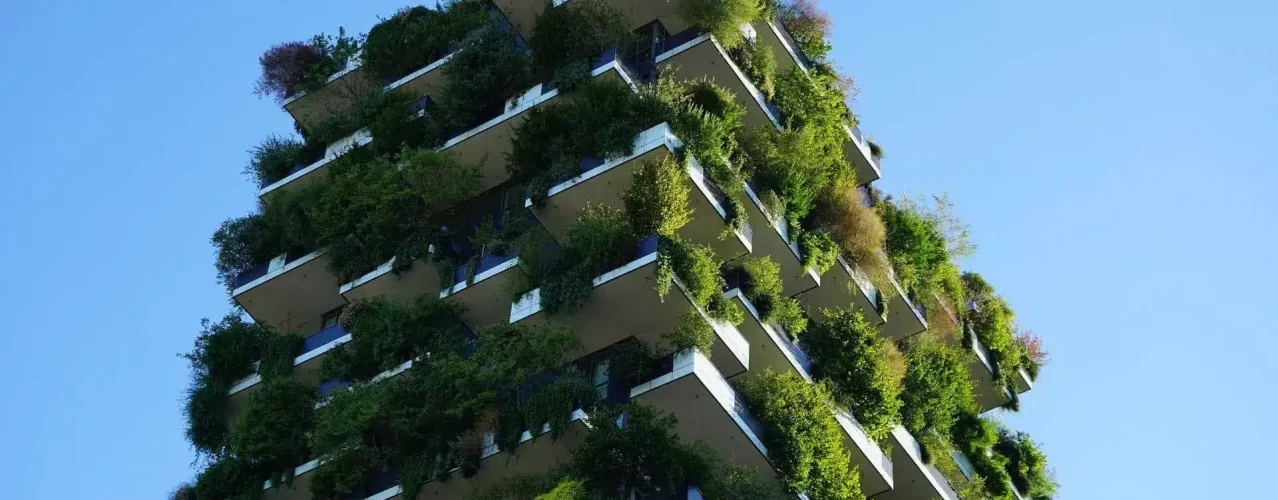
News I published 20 June 2022
European architects are actively involved more in sustainability than in circularity
Buildings and building construction are major contributors to annual emissions of greenhouse gasses. Also, the construction sector is known to use vast amounts of resources and produce a lot of waste. Therefore, it is no surprise that sustainability and circularity are hot topics in the world of building construction, and the amount of initiatives to achieve a more sustainable and circular construction process is increasing.
A top-down example of such an initiative is the European Green Deal (EGD), which we discussed in a previous article. Most architects think the effect of this set of policies, which is built around the aim to achieve a climate-neutral European Union in 2050, will surely be felt in the construction sector. This shows attention for and effects of future aims, but what about the current level of sustainability and circularity in the construction sector?
Given their central role in and influential role throughout the building design and construction process, architects are not only excellent indicators of the impact of initiatives like the EGD on their sector, but also of the current level of sustainability and circularity in the European construction sector. That is why, for the Q1 2022 report of USP Marketing Consultancy’s European Architectural Barometer, we asked 950 architects from eight European countries to what extent their companies are actively involved in sustainable and circular construction.
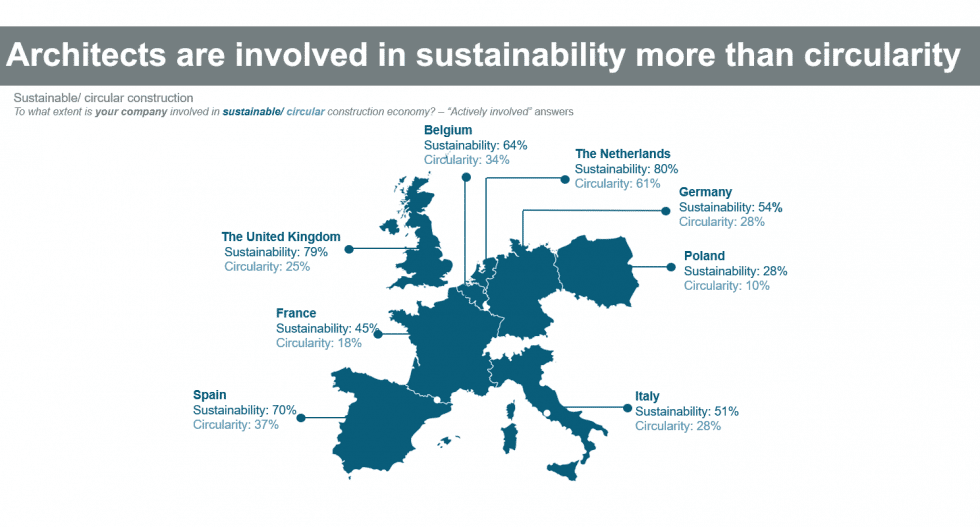

Majority of European architects are actively involved in sustainable construction
On average, a 58% majority of European architects claim that their companies are actively involved in sustainable construction. Zooming in on specific countries, there are significant differences though. Dutch and UK architects are frontrunners, as four out of five architects report to be actively involved in sustainable construction. On the other side of the spectrum, only 28% of the Polish architects reported that their companies are actively involved in sustainable construction.
Involvement in circular construction is a lot smaller
Where it comes to being involved in circular construction, it is clear that circular construction is not as common as sustainable construction yet. Only 29% of European architects report that their companies are actively involved in circular construction. Again, the Dutch architects lead the way with 61% being actively involved in circularity. They are followed by Spain and Belgium, who are above the European average with 37% and 34% respectively. Polish architects are again least involved, with only 10% reporting to be actively involved in circular construction.
Awareness is key
In Europe, only 8% of architects reported to be unaware of the concept of sustainable construction and a quarter reported to be unaware of the circular construction concept. In Poland, with the lowest active involvement in both sustainability and circularity, 29% of architects was unaware of sustainability and 60% was unaware of circularity. In the Netherlands, however, all architects claimed to be aware of these concepts. This clearly indicates that where a concept is known more, it is likely that more architects will be involved in it.
The question remains what these architects are aware of exactly, though. Sustainability and circularity are broad terms that can be explained in different ways. To use the above information effectively, for instance for marketing campaigns targeting architects that care a lot about sustainability and circularity, awareness of how they explain the concepts and what they consider their most important aspects is key. For a full overview of architects’ awareness of, involvement in and ideas about sustainability and circularity, we refer you to the Q1 2022 report of USP Marketing Consultancy’s European Architectural Barometer.

Read more about the subject


18 July 2024 I Dirk Hoogenboom
Willingness to invest of European consumers in sustainability improvements of their houses lower in 2024 than in 2023
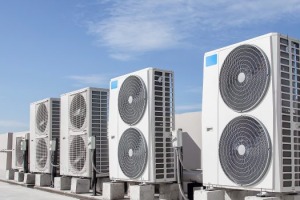

02 July 2024 I Dirk Hoogenboom
BIM adoption among European HVAC installers remains low
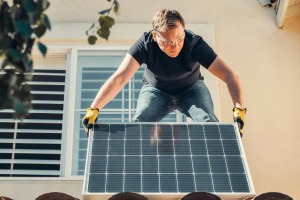

06 June 2024 I Maja Markovic
Sustainability in the electrical installation sector; slow but steady growth
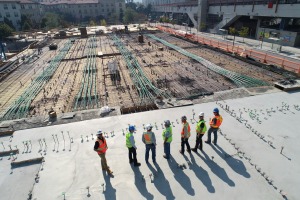

06 June 2024 I Dirk Hoogenboom
Trends in construction material usage

Fresh Insights Await
Our latest reports
Delve into the newest findings across various market segments, crafted for a cutting-edge overview. Explore our latest reports, brimming with up-to-date data, trend analyses, and in-depth examinations, all tailored to provide you with a comprehensive understanding of the current market dynamics.
Construction
Home Improvement
Installation
Construction
Trends in material usage Q1 2024
2024 102 pages
Explore the evolving trends in material usage among European architects in Q1 2024. Delve into the factors driving material preferences and the impact on construction aesthetics and sustainability.
1,850 Euro
Construction
Media orientation H2 2021
2024 161 pages
Explore the media engagement patterns of contractors to optimize your marketing strategies. Dive into a pool of insights that unveils how contractors interact with different media channels.
6,300 Euro
Construction
European Green Deal Q4 2021
2024 88 pages
Explore the impact and reception of the European Green Deal among architects. Understand how the initiative is influencing architectural practices and sustainability measures.
1,850 Euro
Construction
BIM Q4 2023
2024 246 pages
Key insights regarding the BIM usage and behaviour of European architects, and our latest future building volumes prognoses
1,850 Euro
Construction
Purchase Channels H2 2023
2024 123
Explore the buying and ordering behaviour among contractors in H1 2023. Uncover the key channels used, share-of-wallet and much more.
6,300 Euro
Construction
Behavioural segmentation and media usage report 2023
2023 75 pages
This report provides a comprehensive overview of purchase behaviour, products, and media usage, specifically focusing on European handymen. It delves into how handymen use media, and for what purposes, and examines their habits and preferences in terms of purchasing behaviour.
8,400 Euro
Home Improvement
DIY versus DIFM Q4 2021
2024 113 pages
This report is a must-have if you’re in the home improvement industry. It provides a wealth of information on the behaviour of DIY and DIFM consumers, their motivations, and the factors that influence their purchasing decisions.
3,150 Euro
Home Improvement
DIY or DIFM Q4 2023
2024 70
Explore the prevailing trends between DIY and DIFM in Q4 2023. Understand consumer preferences and the factors influencing their choice between DIY and DIFM.
3,150 Euro
Home Improvement
Branding Q3 2023
2023 93 pages
This report offers an extensive overview of the home improvement industry, with a focus on branding and the most popular brands within different categories. Within this report, you will gain insights into how customers perceive home improvement brands and what motivates them to buy certain products.
3,150 Euro
Home Improvement
Purchase channels Q2 2023
2023 114 pages
The European Home Improvement Monitor offers valuable insights on purchase channels in the European home improvement industry, examining the evolving preferences and behaviors of consumers across traditional retail and emerging online platforms.
3,150 Euros
Home Improvement
Purchase Channels Q2 2022
2022 124 pages
Uncover the prevalent purchase channels in the home improvement sector during Q2 2022. Delve into consumer preferences and the factors influencing their purchasing decisions.
3,150 Euro
Home Improvement
Do-it-yourself or do-it-for-me Q4 2022
2022 93 pages
Explore the prevailing trends between DIY and DIFM in Q4 2022. Understand consumer preferences and the factors influencing their choice between DIY and DIFM.
3,150 Euro
Installation
Smart & Connected Products Q2 2024
2024 120 pages
This report provides a comprehensive view of the attitudes of installers toward smart building solutions, specifically among electrical installers and their clients. In the report, you will find insights into the installers' experiences with installing smart products and the willingness of end users to invest in such solutions, as well as their motivations and pain points.
3,150 Euro
Installation
Sustainability Q1 2024
2024 81 pages
Delve into sustainability trends in the home improvement sector in Q1 2024. Discover consumer preferences and the shift towards eco-friendly home improvement solutions.
3,150 Euro
Installation
BIM Q1 2024
2024 84 pages
The European Mechanical Installation Monitor report provides a detailed analysis of the plumbing and HVAC industry. This report specifically focuses on BIM adaptation in the industry.
2,650 Euro
Installation
Sustainability Q1 2024
2024 99 pages
The European Electrical Installation Monitor report provides a detailed analysis of the sustainable solutions in the installation industry. This report specifically focuses on sustainability aspects in the industry.
3,150 Euro
Installation
Challenges toward sustainable future Q4 2021
2024 111 pages
2,650 Euro
Installation
Purchase channels Q4 2021
2024 106 pages
Delve into the training needs within the electrical installation sector. Understand the areas requiring skill development to meet the evolving demands of the industry.
3,150 Euro








